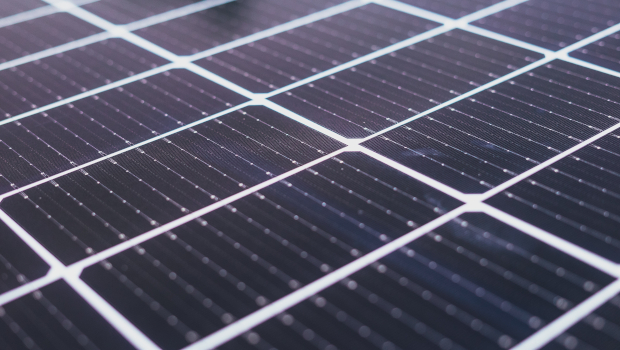
AI’s emissions problem out in the open
It was obvious really: the generative artificial intelligence (GenAI) boom had a massive effect on share prices, but the one it pushed highest was chip designer Nvidia. It doesn’t take an accountant, nor indeed a climate scientist, to realise that however magical and immaterial the chatty new tech appears to be, it is chugging down electricity in a data centre somewhere.
Environmental campaigners have not been slow to point this out, of course, and academics have also weighed in.
Boardrooms have also had to think about it, though. Scope 3 accounting practices become mandatory for large enterprises in 2025 as part of the EU’s Corporate Sustainability Reporting Directive (CSRD), meaning large organisations will have to report not only their own direct emissions, but also indirect emissions across their value chain.
Well, now some real figures are in. Microsoft published its 2024 Environmental Sustainability Report (PDF) on Wednesday and, among other findings, the hefty 88-page document found that the company’s emissions had risen by almost a third since 2020 – which includes the period when Microsoft began its massive push into AI using technology from OpenAI, notably ChatGPT.
After some throat clearing about how AI can help increase data centre efficiency, the report notes the company had to “face the realities of the complexity of the challenge” of carbon emissions.
What is noticeable in Microsoft’s numbers is that its emissions appear to have increased largely thanks to AI.
The report notes that, since 2020, its Scope 1 and 2 emissions have decreased by 6% but that, during the financial year 2023 emissions increased by 29.1% across Scope 1, 2, and 3 from the 2020 baseline.
Thus was a result of the company’s continued investment “in the infrastructure needed to advance new technologies”, it said.
Scope 1 emissions are direct emissions of carbon and other greenhouse gases (GHGs) by an organisation, whereas Scope 2 measures indirect emissions for things such as electricity or energy used to heat buildings.
Where Microsoft has problems is under Scope 3, which accounts for more than 96% of its total emissions. In other words, the majority of Microsoft’s emissions come from its supply chain, which includes the building and operating of data centres.
Microsoft’s sustainability report notes this, stating the increase “includes emissions from our supply chain, the life cycle of our hardware and devices, and other indirect sources. Our Scope 3 emissions continue to be our most significant decarbonisation challenge. Progress will take deep collaboration across industries”.
Microsoft executives Brad Smith and Melanie Nakagawa said in a blog post that the company’s direct emissions reduction remains on track, but “our indirect emissions (Scope 3) increased by 30.9%. In aggregate, across all Scopes 1–3, Microsoft’s emissions are up 29.1% from the 2020 baseline”.
There is nothing unique to Microsoft in this, though. The company’s investment in the energy-hungry tech needed to deliver AI is something it has in common with competitors such as Google parent Alphabet, Meta Platforms and anyone else deploying generative AI.
As a result, it is a fair bet to say that the tech giants will struggle to meet their climate goals. What is worth thinking about is the responsibility of end users of AI, for whom it is just out there somewhere “in the cloud”.
Well, AI boosters did tell us it was a powerful technology, didn’t they?








Subscribers 0
Fans 0
Followers 0
Followers